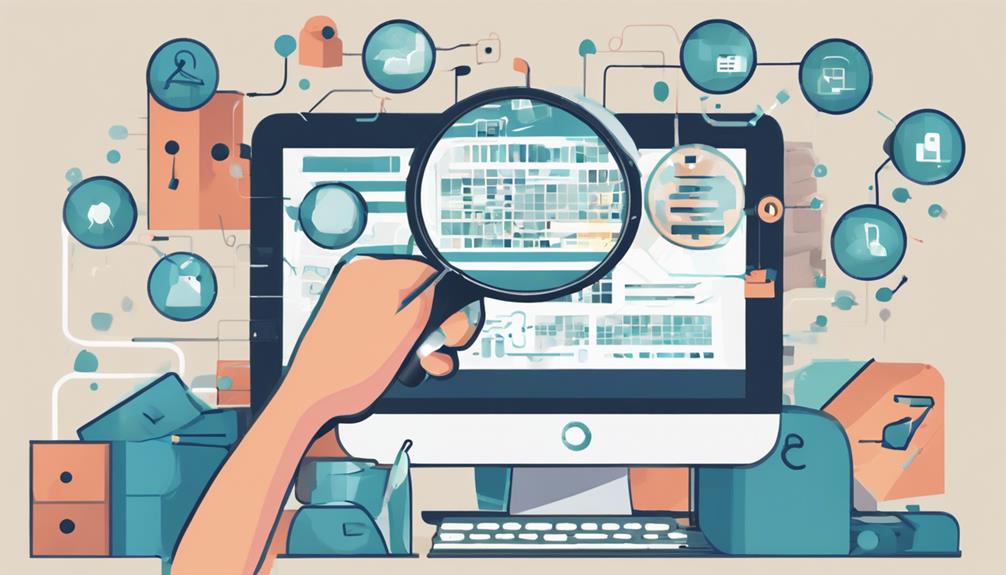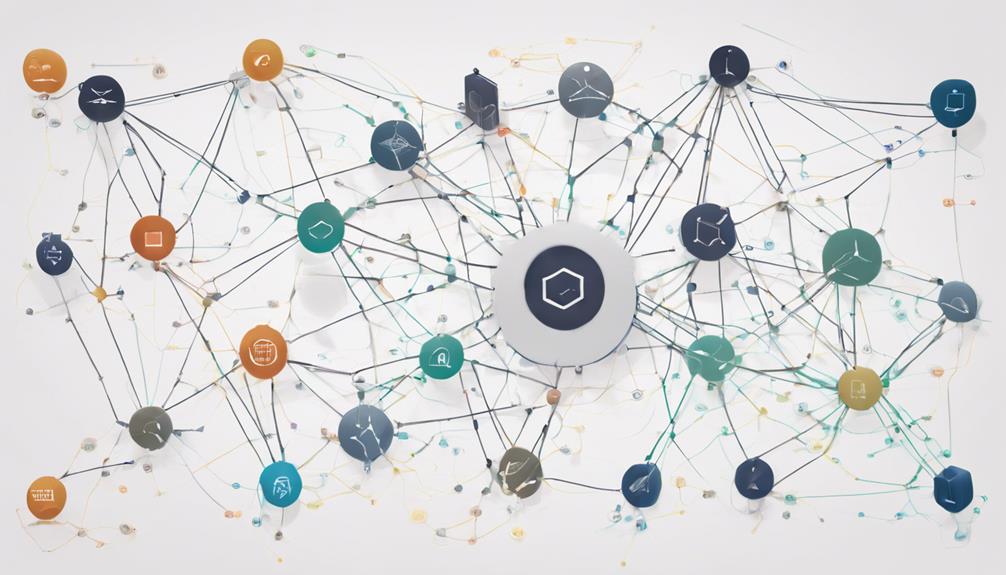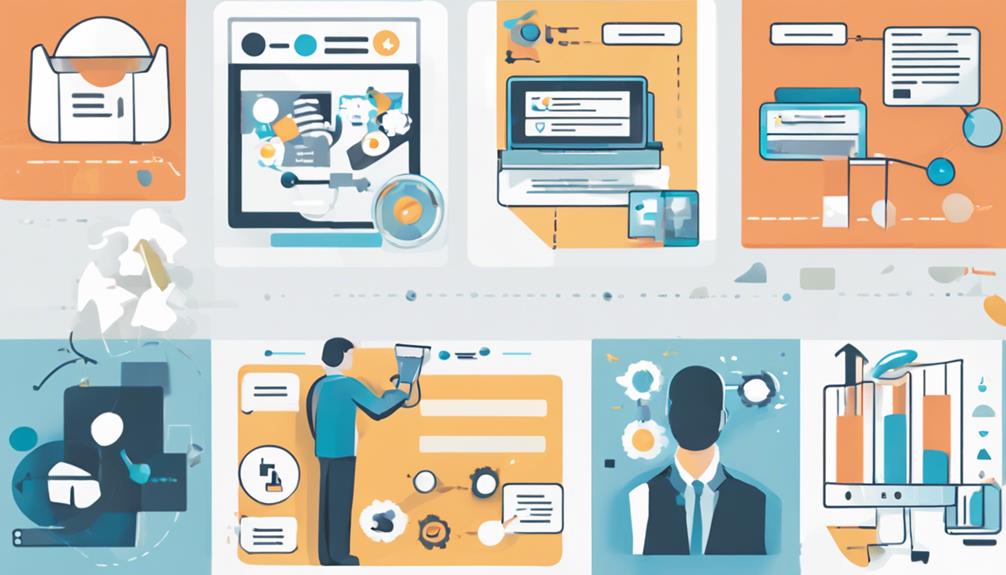When it comes to mastering B2B data hygiene practices, think of your data as a garden that needs constant care and attention to flourish. Ensuring your data is pristine can be likened to cultivating a thriving ecosystem where every piece plays a vital role. By understanding the significance of data hygiene in your business operations, you lay the groundwork for improved decision-making and enhanced customer relationships. But how do you navigate the intricate landscape of data hygiene maintenance effectively? Let’s explore key strategies and best practices that will help you cultivate a data-rich environment that drives success in your B2B endeavors.
Understand Data Hygiene Importance
Understanding the importance of data hygiene is crucial for any B2B organization aiming to maintain a competitive edge in today’s data-driven landscape. Data quality and accuracy are at the core of effective decision-making and successful marketing campaigns. Ensuring that your data is clean and up-to-date is vital for reaching the right audience, personalizing communication, and maximizing ROI.
Data quality refers to the overall condition of your data. It involves assessing the completeness, consistency, and relevance of the information you possess. High data quality leads to more accurate analysis and predictions, ultimately driving better business outcomes. Data accuracy, on the other hand, focuses on how precise and reliable your data is. Inaccurate data can result in misguided strategies, wasted resources, and missed opportunities.
Set Data Hygiene Goals
To ensure the effectiveness of your B2B data management efforts, it is imperative to establish clear and measurable data hygiene goals. Setting data hygiene goals involves defining specific objectives related to data validation and data cleansing processes. Begin by outlining the key areas that require improvement, such as accuracy, completeness, and consistency of data.
When setting data hygiene goals, consider metrics that can help you track progress, such as reduction in duplicate entries, increase in email deliverability rates, and improved lead quality. These goals should be SMART – specific, measurable, achievable, relevant, and time-bound. For example, aim to achieve a data validation accuracy rate of 95% within the next six months.
Develop a Data Hygiene Plan
Crafting a robust data hygiene plan is foundational to the success of your B2B data management strategy. When developing your plan, prioritize both data quality and data accuracy. Begin by conducting an audit of your current data to identify any inconsistencies, duplicates, or outdated information that may be impacting the overall quality of your database. Establish clear guidelines and standard operating procedures for data entry, storage, and maintenance to ensure ongoing accuracy.
Define key performance indicators (KPIs) to measure the effectiveness of your data hygiene efforts. These KPIs could include metrics such as the percentage of accurate contact information, the rate of returned mail due to incorrect addresses, or the frequency of data updates. Regularly review and refine your data hygiene plan to adapt to changing business needs and evolving data sources.
Implement Data Hygiene Techniques
When implementing data hygiene techniques for your B2B data management strategy, focus on systematic processes that streamline the identification and correction of data inaccuracies. Utilize data cleansing techniques to ensure the accuracy and consistency of your database. Start by conducting a thorough audit of your existing data to identify any duplicates, errors, or outdated information. Develop standardized formats for data entry to prevent inconsistencies in the future. Implement validation rules to check for data accuracy upon entry and regular data quality checks to maintain cleanliness. Establish protocols for handling incomplete or inaccurate data, including updating contact information and removing obsolete records.
Incorporate data quality strategies such as setting up automated processes for data validation and enrichment. Utilize data profiling tools to analyze the quality of your data and identify areas for improvement. Implement data governance practices to ensure data integrity and compliance with regulations. By integrating these data hygiene techniques into your B2B data management strategy, you can enhance the overall quality and reliability of your database, leading to more effective decision-making and improved business outcomes.
Use Data Hygiene Tools
As you advance in your data hygiene journey, leveraging the right tools becomes paramount to maintaining the cleanliness and accuracy of your B2B database. Data hygiene tools play a crucial role in ensuring that your data is clean and reliable. These tools encompass a range of functionalities, such as data cleaning and data validation, which are essential for enhancing the quality of your database.
Data cleaning tools aid in identifying and rectifying inaccuracies, inconsistencies, and duplicates within your database. By utilizing these tools, you can streamline your data processes and ensure that your information remains up to date and error-free. On the other hand, data validation tools help in verifying the accuracy and completeness of the data, ensuring that only high-quality information is stored in your database.
Frequently Asked Questions
Can Data Hygiene Practices Be Automated?
Yes, automated solutions can streamline data hygiene practices, reducing errors and saving time. However, manual verification remains crucial for ensuring accuracy and completeness. Combining both approaches optimizes data quality and reliability in B2B environments.
How Often Should Data Hygiene Audits Be Conducted?
You should conduct data hygiene audits so frequently, it becomes second nature. Regular audits ensure top-notch data quality and accuracy. Keep your processes sharp by auditing often – it’s the key to maintaining reliable data.
What Are the Consequences of Poor Data Hygiene?
Neglecting data hygiene leads to compromised data quality and inaccurate business decisions. Inaccurate contact information, duplicates, and outdated records hinder marketing efforts and can damage customer relationships. Regular audits are crucial for maintaining data integrity.
Is Data Cleansing the Same as Data Hygiene?
Data cleansing and data hygiene are related but not the same. Data cleansing focuses on correcting errors, while data hygiene encompasses maintaining data accuracy and quality. Both are essential for effective data management and decision-making processes.
How Can Data Hygiene Practices Impact Marketing Roi?
Improving accuracy and increasing efficiency through data hygiene practices can significantly impact your marketing ROI. By ensuring clean, up-to-date data, you can target the right audience effectively, reduce wasted resources, and enhance campaign performance.



